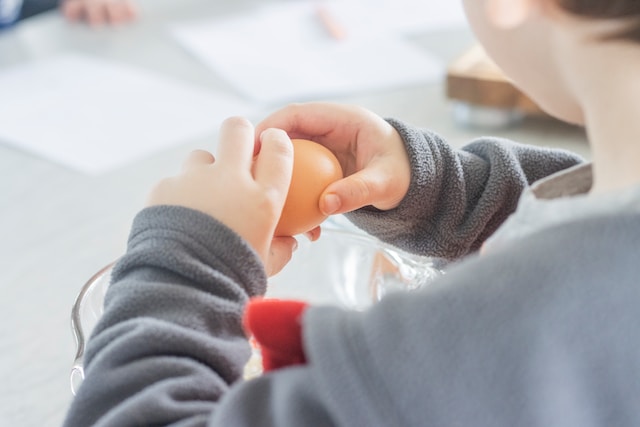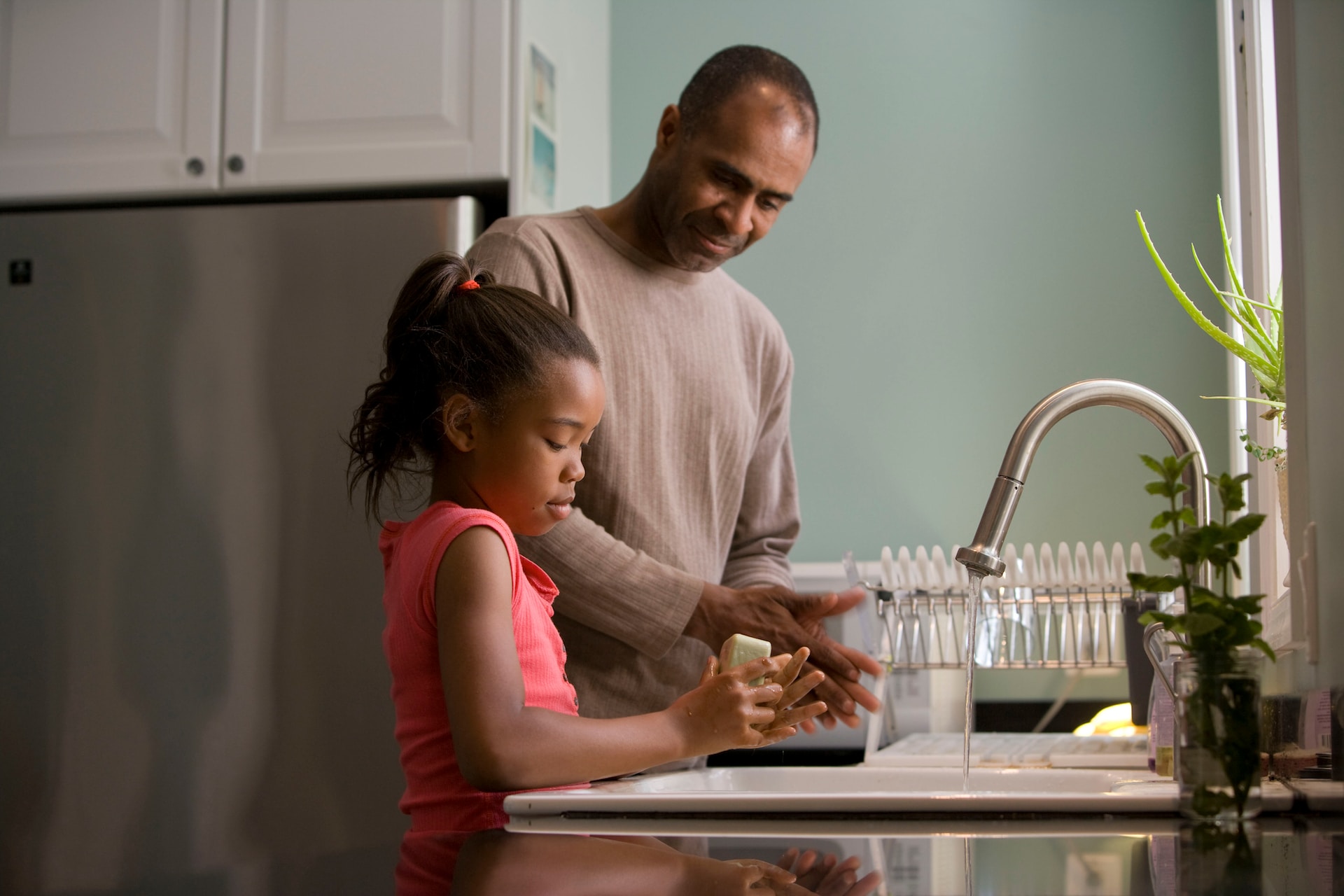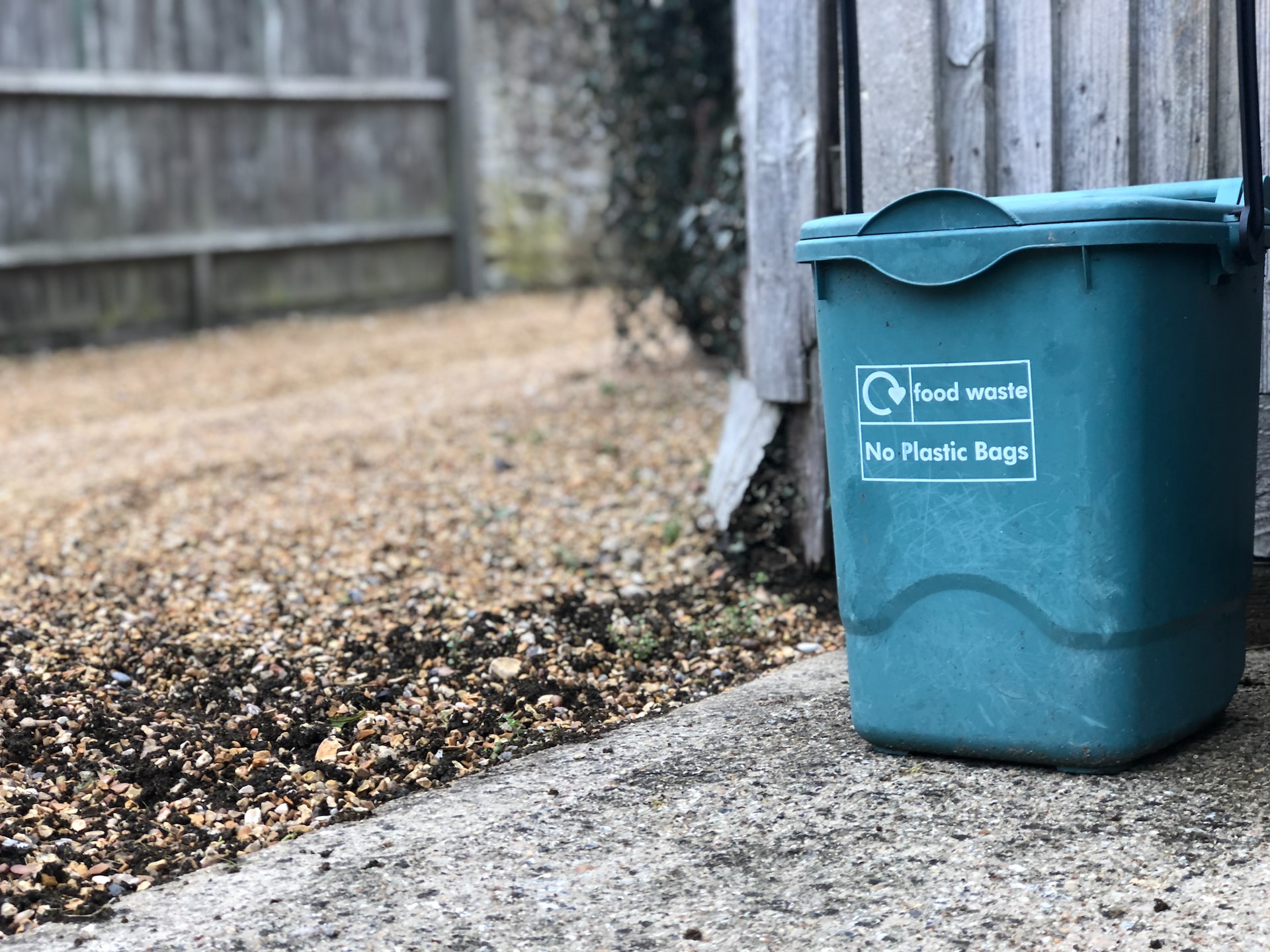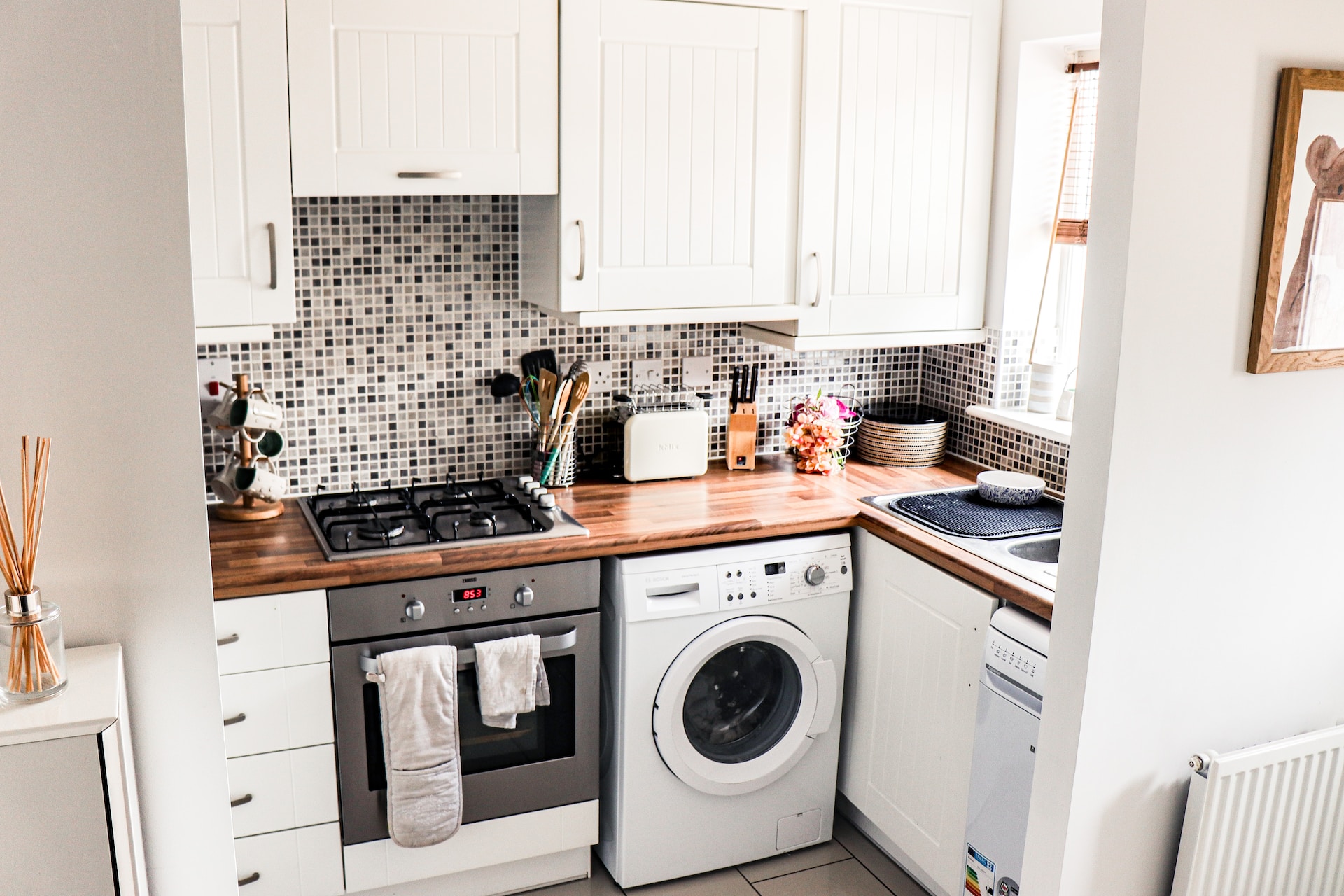In the journey of helping our little ones grow, there’s more to impart than just academics. Everyday responsibilities like chore safety teach life skills that go beyond the textbook. But ensuring our kids stay safe while they lend a hand around the house takes a bit of thoughtful guidance.
This article is like a treasure chest of smart strategies. It’s here to help parents, guardians, and caregivers become awesome at teaching kids the importance of safety during chores. By mixing practical advice with expert suggestions, we’re on a mission to give families the tools they need to help their kids grow responsibly, all while keeping their safety front and center.
So, come along as we dive into the world of chore-related wisdom, giving you a roadmap to nurturing skills that’ll stick with your kids for a lifetime while having a whole lot of fun along the way.
Building responsibility through chore safety
Chores aren’t just about sweeping and scrubbing; they’re lessons in being responsible team players and staying safe. Building these habits early on sets the stage for a lifetime of good choices and being mindful. By focusing on safety during chores, we’re not just preventing little accidents but also empowering our kids to be smart, capable individuals.
Start with the basics: The safety chat
Why It’s a Big Deal: Before we dive into the world of chores, let’s have a heart-to-heart about staying safe. This chat sets the tone for the whole adventure, showing how important it is to understand potential risks and why safety is our superhero sidekick.
Your Game Plan: Have a chat that matches your kid’s age. Talk about what ‘danger’ means and why we need to be safe. Explain it in a way that’s as fun as a superhero story, where safety rules are our shields against trouble.
Here’s what the experts have to say about chore safety:
What is the importance of teaching our kids safe practices when doing household chores?
Teaching kids safe practices when doing household chores is important for a number of reasons. It helps keep them safe, teaches them responsibility and independence, and helps them develop a sense of ownership over their home.
Parents can start by choosing chores that are age-appropriate and being specific about the safety procedures that need to be followed. They can demonstrate the safe way to do the chore before their child tries it on their own, supervise their child closely when they are first learning how to do a chore, and praise their child for following the safety procedures.
Teaching kids safe practices when doing household chores is an important part of parenting. By following these tips, you can help keep your kids safe and help them develop the skills they need to be responsible and independent.
Jessi Joachim at TheCoffeeMom.net
How can parents strike a balance between teaching safety and allowing children to explore and learn through their chores?
Finding the balance between teaching safety and nurturing a child’s growth toward independence through chores is a delicate art. It’s a journey both for your child and for you as a parent. And remember, it’s different for every child, too.
One thing I believe is absolutely crucial is to tailor tasks to their age. Age-appropriate chores are key to offering growth opportunities. The other important factor is to make sure that you have given crystal clear instructions and that you provide supervision of the chores initially.
Gradually transition from oversight to independence while emphasizing safety gear and proper technique.
As parents and carers, it’s vital that you foster the space and environment for your child to ask questions so that you have discussions on consequences and problem-solving.
Remember, positive reinforcement, role modeling, and regular safety reviews empower children to become skilled and safety-conscious learners.
Carly Crawford at MomofTwoLittleGirls.com
What should parents do if their child faces a safety problem while doing a chore?
Kids learn best when having fun. The same applies when teaching young children about chores. Doing chores together promotes well-being, bonding, and a sense of responsibility. As the old saying goes, “Teamwork makes the dream work.“
The following can help make teaching chores to children more fun and safe for everyone:
- Teach responsibility by being responsible. Your mess is not someone else’s responsibility to clean up. Your child watches and emulates your actions (safe or not). Be mindful of the example you give when you are not instructing.
- Start early by making cleaning a game. For example, see how many toys you can put away before a timer goes off. Let them play with a water-filled squirt bottle and mop up with a sponge. Have them hold the dustpan that ‘eats the dirt piles‘ while following you when you are sweeping.
- Assign age-appropriate chores. Begin with small tasks like making their bed, straitening pillows, gathering laundry, or emptying a small rubbish bin. Here is a helpful guide that defines several age-appropriate chores.
- Use safe supplies. Non-toxic cleaners and fun, child-sized cleaning tools help keep tasks child-friendly.
- Always supervise. Do so until you are comfortable with your child’s level of competency. Please point out any dangers as you encounter them (e.g., stray power cords, water puddles, sharp corners).
- Avoid perfectionism. Celebrate your child’s efforts and constantly show appreciation by thanking them for helping. However, if you notice a common mistake or safety issue, offer to show them again until they are comfortable with the task.
- Questions are good! Let your child know that it’s always okay to ask for clarification. It’s also okay to ask for help when a task is too big or is time-sensitive.
- Break a big task into small chunks. Children are easily overwhelmed. Give one or two tasks at a time, or create a list of separate tasks.
I suggest new parents check out this cleaning guide on how to clean with a small child in the home and my article on how to baby-proof a home, which includes additional cleaning and safety considerations for small children.
Safety smarts through show and tell
Why It’s Awesome: Showing your kids the right way to do chores is like handing them superpowers. It stops accidents, gets them into good habits, and boosts their confidence big time.
Your Playbook: Pick a few chores and do them together while talking about safety steps. Whether it’s cleaning stuff, using kitchen gadgets, or tidying up toys, break it down step by step. Make it a conversation and encourage them to ask why each step is important.
Cute reminders and safety stars
Why It Works: Pictures and posters are like secret codes for remembering safety stuff. They make it easy for kids to remember the rules, just like remembering a cool game cheat code.
Your Action Steps: Make some colorful posters or cards for different chores. If it’s about helping in the kitchen, have a card with how to be a kitchen superhero. Put these up where chores happen, so they’re like friendly reminders to be safe.
Safety that’s playtime: Let’s pretend!
Why It’s Cool: Turning chore safety into a game is like going on a secret mission. It helps kids use safety rules in different ways, making them super thinkers.
Your Play-by-Play: Set up pretend games based on chores. Imagine a juice spill or a toy falling – ask your kids how they’d fix it safely. This game makes learning about safety super fun.
Teamwork and high-fives
Why Teamwork Rocks: Chores are a chance to learn about teamwork and talk it out. When kids help each other, chores become safer and way more fun.
Your Game Plan: Talk about why working together is awesome. Remind them to chat and help each other while doing chores. This makes safety a team effort and builds stronger bonds.
Cheers for being super safe: High-five time!
Why It’s a Win: Giving cheers for safe actions makes being responsible feel like a game. It’s not just about doing chores – it’s about feeling proud of a job well done.
Your Game Plan: Make a chart where your kids earn stars or points for being safe. When they gather enough, celebrate with a small treat. Linking safety to rewards turns chores into exciting missions.
Handling “what-ifs” with a smile
Why It’s Handy: Talking about “what-ifs” gets kids ready for anything. It’s like teaching them how to be superheroes in tricky situations.
Your Game Plan: Chat about what to do if something spills, breaks or someone gets a tiny bump. Explain the steps to stay calm and fix it. This kind of know-how helps your kids stay cool under pressure.
How a home warranty enhances chore safety
A home warranty emerges as a trusted ally, standing ready to cover repairs or replacements for household appliances and systems when unexpected hiccups occur. This awesome coverage not only saves you from financial worries but also creates a worry-free zone for your loved ones, especially the little adventurers in your home. Plus, here’s a bonus: the home warranty nudges you to keep up with regular maintenance, effectively lowering the chances of sudden appliance mishaps.

Following this friendly guide means you’re not just teaching your kids about safety – you’re helping them become responsible champs. Chores aren’t just chores anymore; they’re lessons in teamwork, smart choices, and superhero-level thinking. With these ideas, your kids are all set to conquer their chore missions while making safety their sidekick. So, parents, let’s jump into this chore safety adventure and watch our kids shine!




